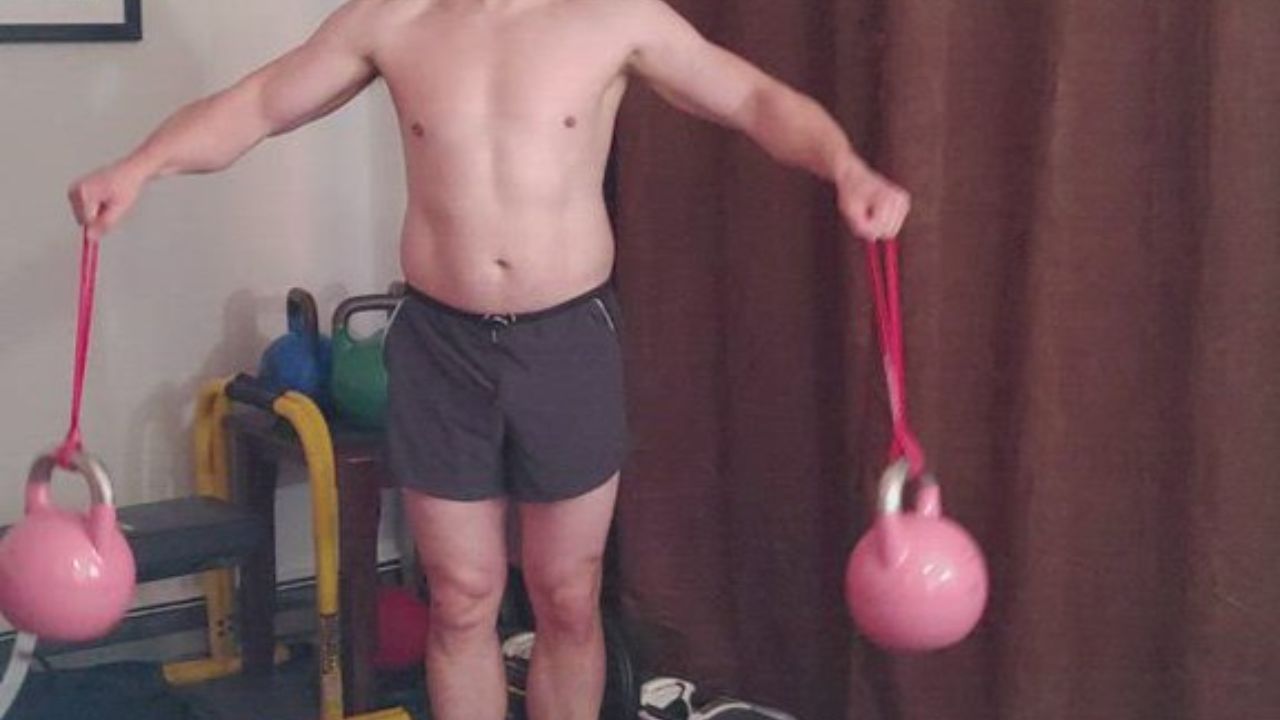
In this article, we will explore ten game-changing physical therapy techniques specifically designed for elderly individuals seeking to improve their overall health and well-being from the comfort of their own homes.
These techniques encompass a wide range of exercises and movements, focusing on strength, balance, flexibility, and cardiovascular health.
Additionally, we will discuss the importance of mind-body techniques, posture correction, and the utilization of assistive devices to promote independence and freedom of movement.
Join us as we empower and support the elderly community in achieving their health goals.
Chair-Based Exercises for Improved Strength and Stability
While many physical therapy techniques focus on improving strength and stability, chair-based exercises offer a practical and accessible option for individuals seeking to enhance their physical well-being. For seniors or individuals with limited mobility, these exercises provide an excellent opportunity to improve balance and joint mobility without the need for complex equipment or intense physical exertion.
Chair-based exercises can be modified to accommodate various fitness levels and abilities, making them suitable for a wide range of individuals. Balance training techniques, such as seated leg lifts or toe taps, can help strengthen the core muscles and improve stability. Additionally, incorporating joint mobility exercises, such as shoulder rolls or ankle rotations, can help increase flexibility and range of motion.
Balance Training Techniques to Prevent Falls
Incorporating balance training techniques, such as single-leg stands and heel-to-toe walking, can be highly effective in preventing falls among individuals of all ages. Falls can have devastating consequences, especially for older adults, leading to injuries, loss of independence, and a decline in overall quality of life.
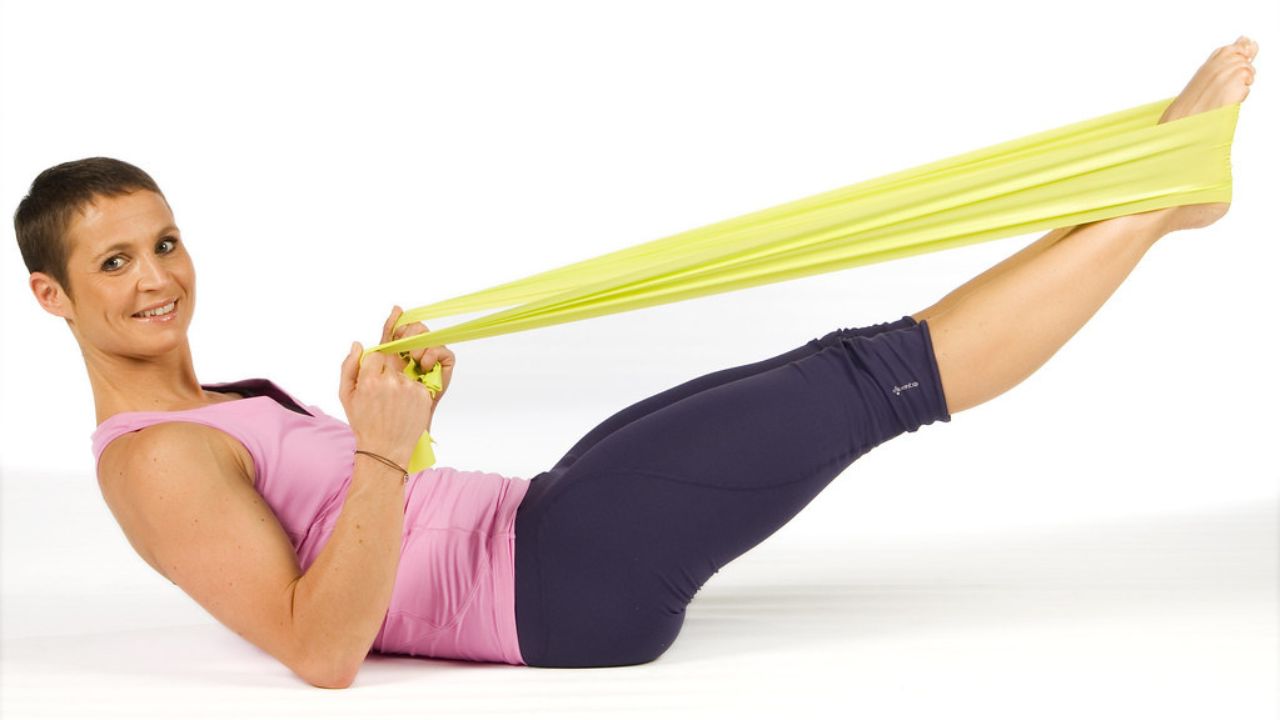
Fortunately, there are several fall prevention strategies that can be implemented, including at-home balance exercises. At-home balance exercises provide a convenient and accessible way for individuals to improve their balance and reduce the risk of falls. These exercises can be easily incorporated into daily routines and require minimal equipment.
Some effective at-home balance exercises include standing on one leg for increasing durations, practicing heel-to-toe walking, and performing balance exercises on unstable surfaces, such as foam pads or cushions. It is important to note that before starting any exercise program, individuals should consult with their healthcare provider to ensure that they are engaging in activities that are safe and appropriate for their specific needs.
Additionally, it is crucial to gradually progress exercises and listen to the body's limits to avoid injury. By incorporating balance training techniques and implementing at-home balance exercises, individuals can proactively reduce the risk of falls and maintain their independence. Remember, a proactive approach to fall prevention is key to living a healthy and fulfilling life.
Joint Mobility Exercises for Increased Flexibility
Joint mobility exercises are a crucial component of any flexibility routine, especially for the elderly. These gentle stretches help improve range of motion, reduce stiffness, and enhance overall mobility.
In this discussion, we will explore the benefits of joint mobility exercises for seniors, as well as provide tips for safe and effective execution.
Gentle Stretches for Elders
Engage elderly patients in a series of low-impact stretching exercises to improve flexibility and promote joint health. As we age, maintaining flexibility becomes increasingly important to prevent injuries and maintain overall mobility. Here are three key techniques to incorporate into elderly-focused physical therapy sessions:
Chair-based exercises for improved strength: Many elderly individuals may find it challenging to perform exercises on the floor or standing up. By utilizing a chair, patients can safely engage in strengthening exercises for their upper and lower body. These exercises help build muscle strength, improve balance, and enhance overall stability.
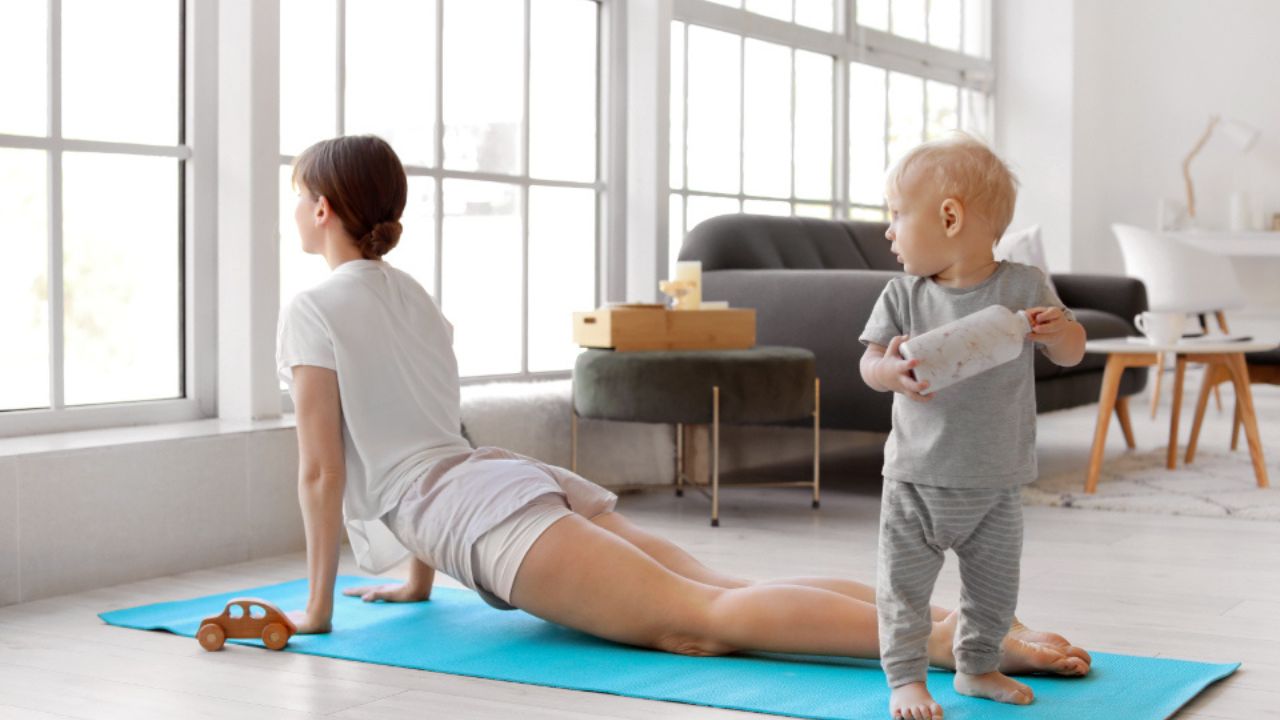
Resistance band workouts for muscle strengthening: Resistance bands are a versatile and accessible tool that can be used to target specific muscle groups. By incorporating resistance band workouts into elderly physical therapy sessions, patients can strengthen their muscles, improve joint stability, and enhance overall functional ability.
Gentle stretching exercises: Engaging in gentle stretching exercises can help improve flexibility, increase range of motion, and alleviate joint stiffness. These exercises should be performed slowly and with caution, ensuring that patients do not experience any pain or discomfort.
Benefits of Joint Mobility
By regularly practicing joint mobility exercises and prioritizing flexibility, elderly patients can experience improved range of motion and reduced joint pain. Engaging in chair-based exercises for improved strength and incorporating balance training techniques to prevent falls are also crucial components of an effective at-home physical therapy routine for seniors.
Joint mobility exercises, such as shoulder circles, ankle rotations, and neck stretches, help to maintain and enhance joint function, allowing for better movement and decreased discomfort.
Chair-based exercises, including leg lifts, seated squats, and arm curls, target major muscle groups, promoting strength and stability.
Furthermore, balance training techniques, such as standing on one leg or practicing heel-to-toe walking, can improve balance and coordination, reducing the risk of falls.
Tips for Safe Exercises
To ensure the safety of elderly individuals while engaging in physical activities, implementing proper warm-up and cool-down techniques is essential. This is particularly important for those who may have joint mobility issues or limited mobility. Here are three tips for safe exercises:

Chair-based exercises: For individuals with limited mobility, chair-based exercises can be a great option. These exercises can help improve strength, flexibility, and overall fitness. Examples include seated leg raises, arm curls with weights, and seated marches.
Joint mobility exercises: Incorporating joint mobility exercises into a workout routine can help maintain or improve range of motion and flexibility. These exercises focus on gentle movements that target specific joints, such as shoulder circles, wrist stretches, and ankle rotations.
Gradual progression: It's crucial to start slowly and gradually increase the intensity and duration of exercises. This allows the body to adapt and reduces the risk of injury. Listening to the body and taking breaks when needed is also important.
Resistance Band Workouts for Muscle Strengthening
Resistance band workouts are an excellent option for muscle strengthening, especially for individuals with limited mobility or those who prefer exercising at home. These versatile bands offer numerous benefits, such as improving muscle tone, increasing strength, and enhancing flexibility.
To maximize the effectiveness of resistance band workouts, it is crucial to maintain proper form and gradually increase the resistance over time through progressive training techniques.
Benefits of Resistance Bands
One of the key advantages of incorporating resistance bands into an exercise routine is the significant improvement in muscle strength and tone. Resistance bands provide a form of progressive resistance training, allowing individuals to gradually increase the resistance as their muscles become stronger. This helps to prevent plateaus and encourages continuous muscle growth and development.
In addition to muscle strength, resistance bands also offer benefits for cardiovascular exercises. By incorporating dynamic movements with the bands, individuals can increase their heart rate and improve their cardiovascular fitness. This makes resistance bands a versatile tool for a well-rounded exercise routine.
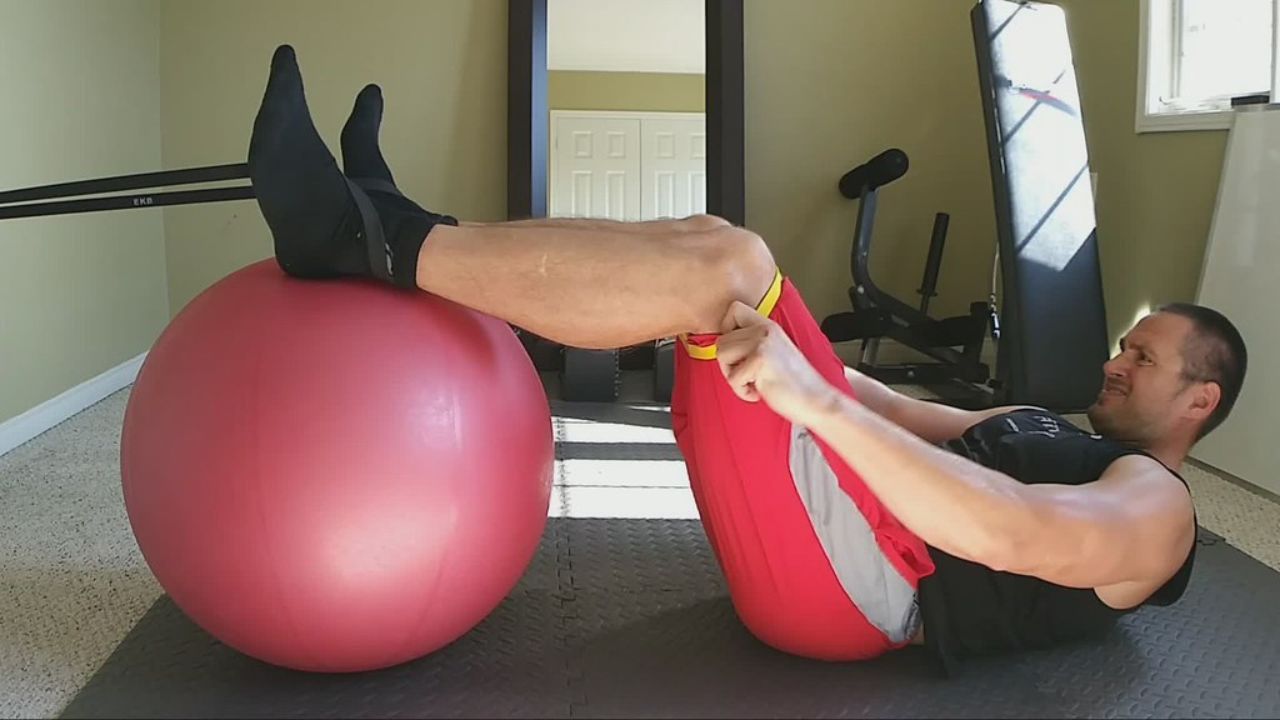
Furthermore, resistance bands are portable and can be used anywhere, providing individuals with the freedom to exercise in the comfort of their own homes or while traveling.
In order to maximize the benefits of resistance band workouts for muscle strengthening, it is crucial to consistently employ proper form techniques and actively engage the targeted muscle groups. This is especially important for individuals who desire freedom and independence in their daily lives, such as the elderly population.
Resistance bands offer a safe and effective way to engage in strength training at home, but without proper form, the potential benefits may be diminished or even counterproductive. It is recommended to maintain proper posture, control the movement throughout the exercise, and focus on activating the specific muscle groups being targeted.
Additionally, incorporating balance training exercises can further enhance the effectiveness of resistance band workouts, as it improves stability and reduces the risk of falls.
Progressive Resistance Training
To optimize muscle strengthening, progressive resistance training with resistance bands should be implemented consistently and strategically, ensuring the gradual increase of resistance levels over time. This type of training involves using resistance bands of varying strengths to challenge the muscles and promote growth.
The benefits of resistance band workouts are numerous:
Versatility: Resistance bands can be used for a wide range of exercises, targeting different muscle groups. They can be easily adjusted to accommodate varying fitness levels and abilities.
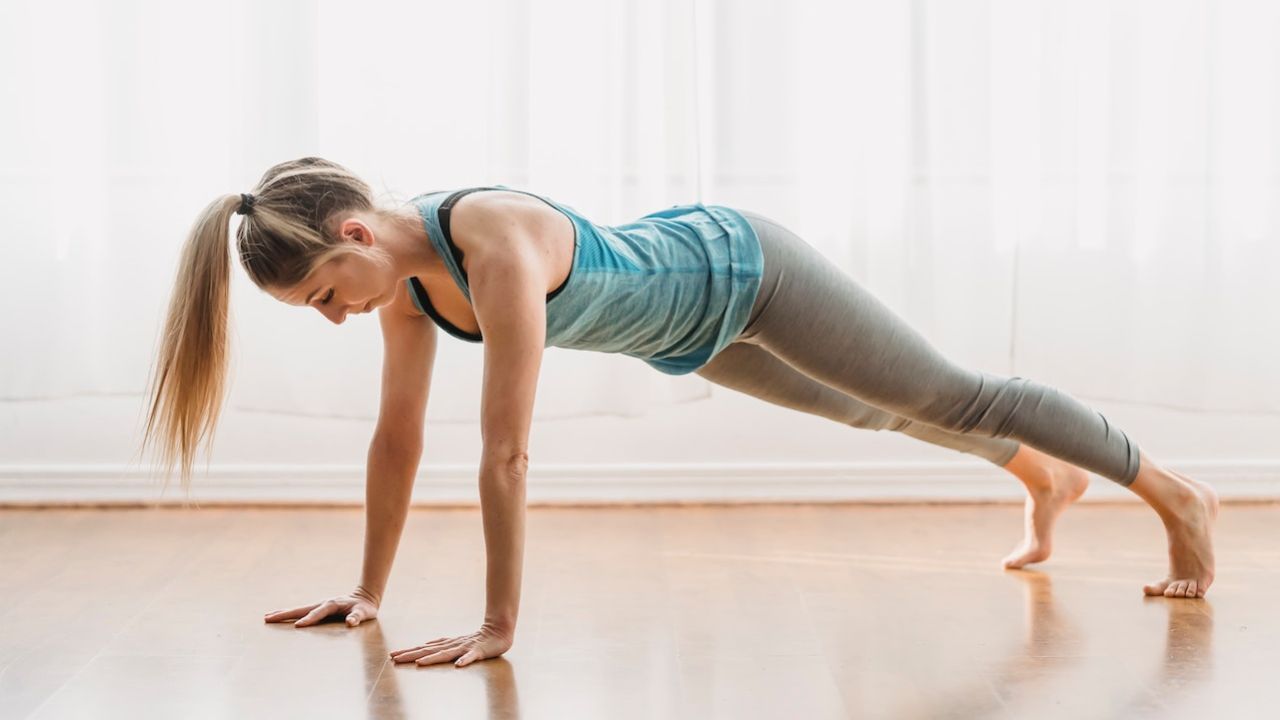
Convenience: Resistance bands are lightweight and portable, making them ideal for home workouts or when traveling. They take up minimal space and can be used in small or limited areas.
Joint-Friendly: Unlike heavy weights or machines, resistance bands provide a low-impact form of resistance training that is gentle on the joints. This makes them an excellent choice for individuals with joint pain or arthritis.
Incorporating progressive resistance training techniques with resistance bands can lead to improved muscle strength, flexibility, and overall fitness. It is a safe and effective way to achieve your fitness goals while enjoying the freedom to exercise anytime, anywhere.
Functional Movements to Enhance Daily Activities
By incorporating functional movements such as squats and lunges into their daily routines, elderly individuals can significantly enhance their ability to perform everyday activities with ease and confidence.
Functional movements focus on exercises that mimic real-life movements, enabling older adults to maintain their independence and mobility. These movements target multiple muscle groups, improving strength, balance, and flexibility, which are essential for performing tasks like getting up from a chair, climbing stairs, or carrying groceries.
Moreover, functional movements can also help prevent falls and injuries, which are common concerns for the elderly population. By incorporating these exercises into their daily routines, elderly individuals can improve their overall quality of life, regain confidence in their ability to perform daily tasks, and maintain their independence for as long as possible.
It is essential for healthcare professionals and caregivers to educate and encourage older adults to incorporate functional movements into their exercise routines to enhance their mobility and maintain their independence.
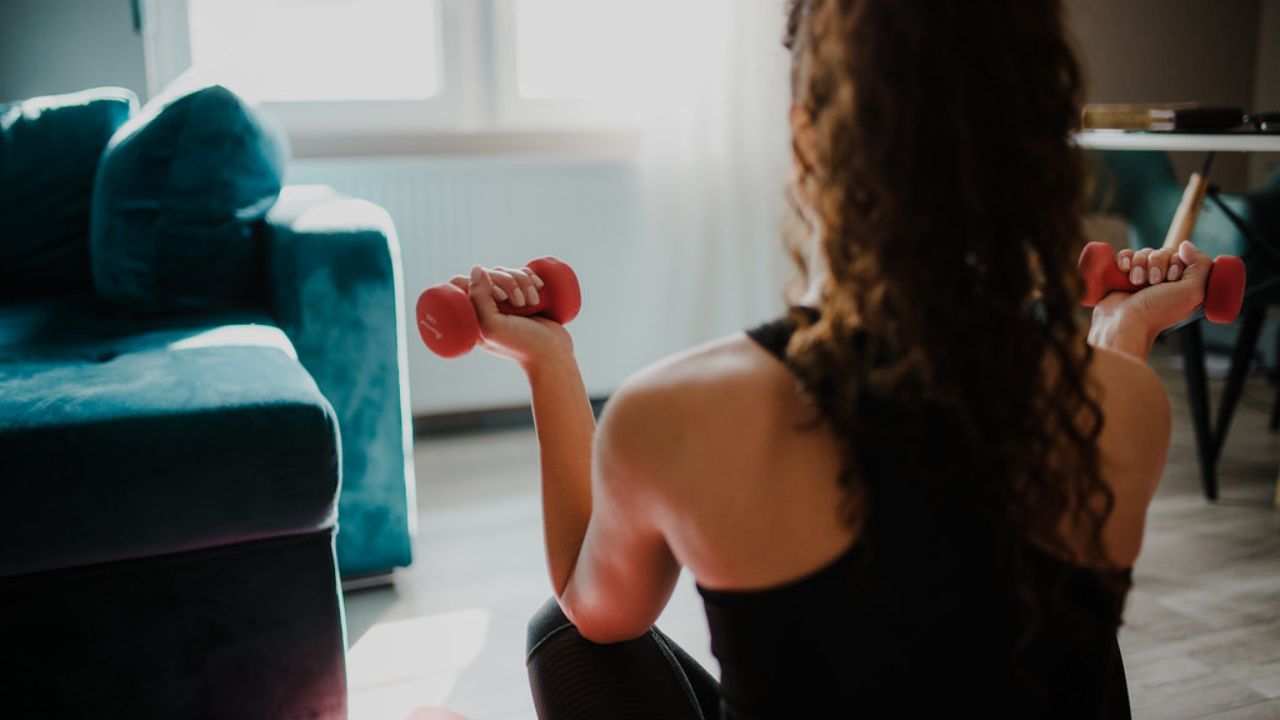
Gentle Stretching Routines for Improved Range of Motion
Gentle stretching routines are an essential component of any comprehensive physical therapy program aimed at improving range of motion. By incorporating effective stretching techniques, individuals can experience a wide range of benefits, such as increased flexibility, reduced muscle stiffness, and improved joint mobility.
These routines can be tailored to meet the specific needs and abilities of each individual, ensuring safe and effective progress towards improved range of motion.
Effective Stretching Techniques
Implementing effective stretching techniques can significantly improve an individual's range of motion and flexibility. Here are three key considerations when it comes to effective stretching:
Proper Warm-Up Exercises: Before engaging in any stretching routine, it is crucial to warm up the muscles and increase blood flow to the targeted areas. This can be achieved through light cardio exercises such as brisk walking or cycling. A warm-up helps prepare the body for stretching, reducing the risk of injury and enhancing the effectiveness of the stretches.
Dynamic Stretching: Dynamic stretching involves moving the muscles and joints through a full range of motion. This type of stretching is particularly beneficial before engaging in physical activities that require power and speed. Dynamic stretches not only increase flexibility but also improve muscle coordination and enhance overall performance.
Regular Stretching: Consistency is key when it comes to stretching. Regular stretching sessions, ideally performed at least three times a week, can lead to long-term benefits such as increased flexibility, improved posture, and reduced muscle tension. By incorporating stretching into a daily routine, individuals can experience greater freedom of movement and a higher quality of life.
Benefits of Increased Mobility
Increased mobility is a vital aspect of maintaining independence and improving the quality of life for individuals, especially as they age. Gentle stretching routines can significantly contribute to this by promoting flexibility, reducing stiffness, and increasing the range of motion.
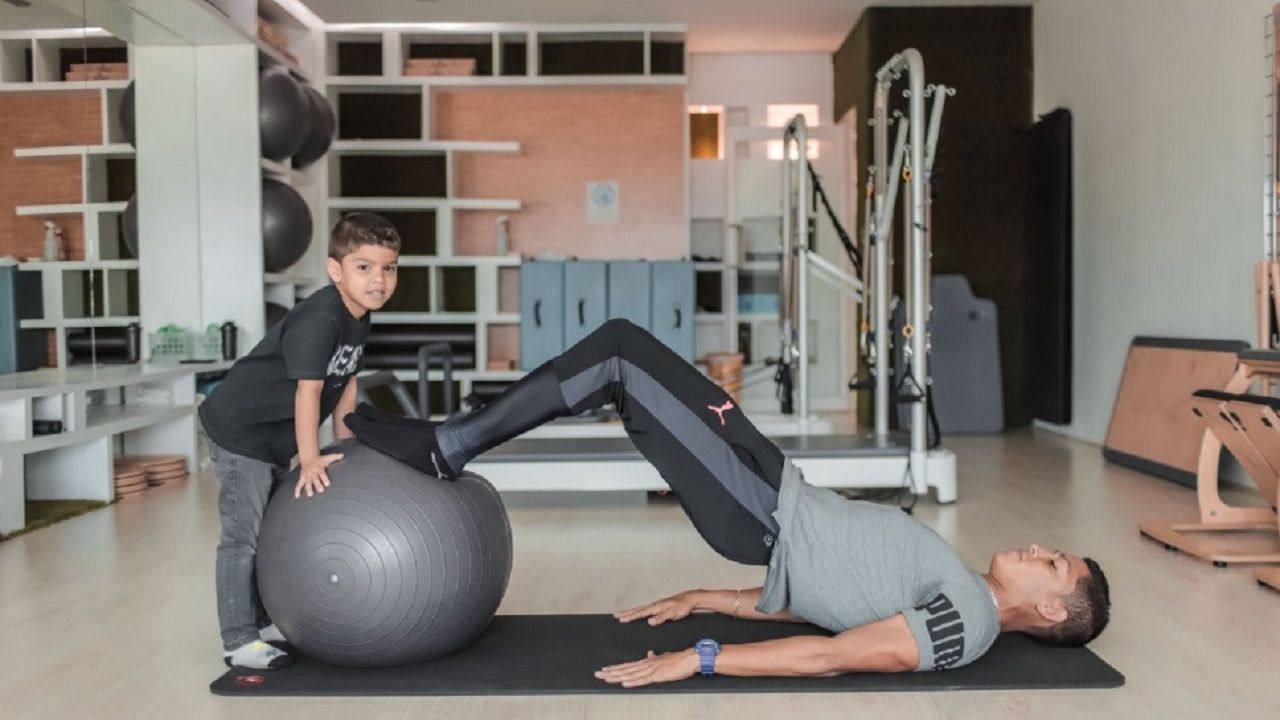
By incorporating these routines into daily life, individuals can experience improved physical function, reduced pain, and enhanced ability to perform daily activities. Increased mobility also plays a crucial role in preventing falls and injuries, which are common concerns for older adults.
Moreover, the psychological benefits of improved mobility cannot be overlooked, as it fosters a sense of freedom and self-confidence. Embracing gentle stretching routines as part of a regular exercise regimen can lead to increased independence and an overall improved quality of life.
Cardiovascular Exercises for Heart Health and Endurance
Engaging in regular cardiovascular exercises is crucial for improving heart health and endurance. Here are three key benefits of incorporating cardiovascular exercises into your routine:
Improved cardiovascular health: Regular cardio workouts help strengthen your heart, making it more efficient at pumping blood throughout your body. This can lead to a lower resting heart rate, improved circulation, and reduced risk of heart disease.
Increased endurance: Endurance training, such as running, cycling, or swimming, helps build stamina and improve your body's ability to sustain physical activity for longer durations. This can enhance your overall fitness level and make everyday tasks easier to handle.
Stress reduction: Cardiovascular exercises release endorphins, which are natural mood enhancers. Engaging in regular workouts can help reduce stress, anxiety, and depression, promoting mental well-being.
By incorporating cardiovascular exercises into your routine, you can improve your heart health, increase endurance, and experience the numerous benefits of regular physical activity.
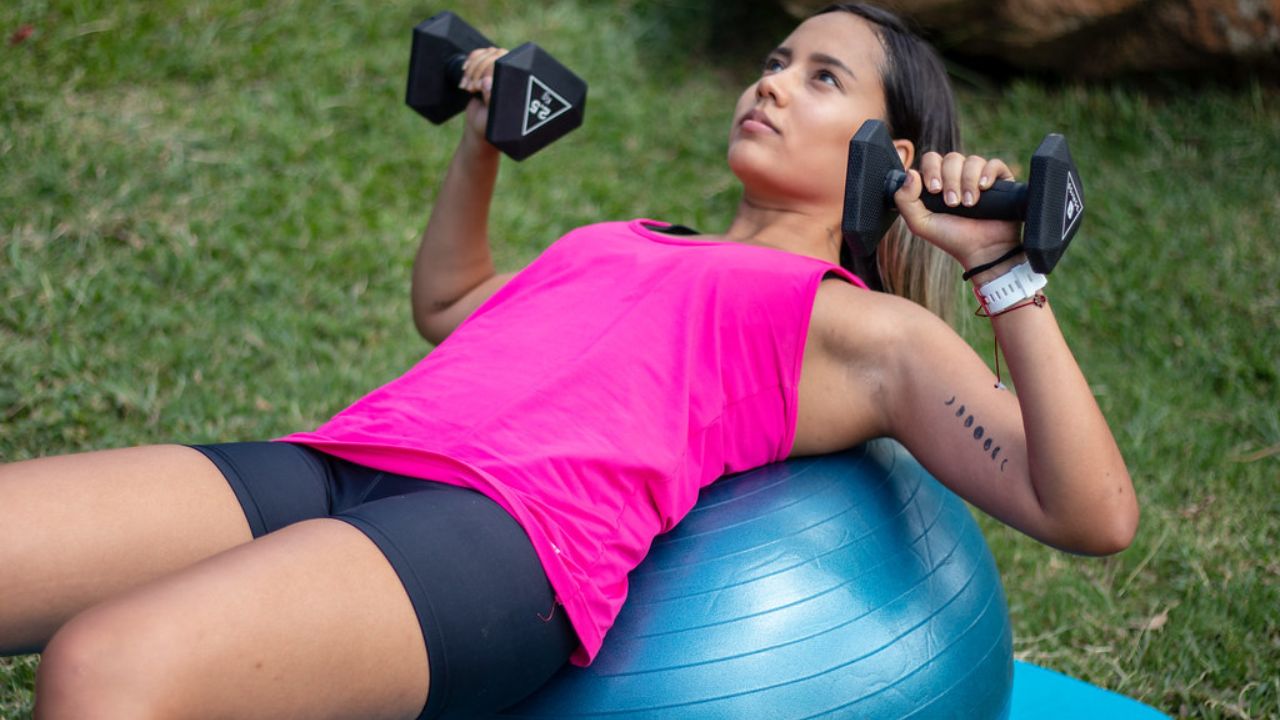
Mind-Body Techniques for Relaxation and Stress Reduction
While there are various mind-body techniques available for relaxation and stress reduction, it is essential to find the ones that work best for each individual's unique needs and preferences.
Two popular techniques that have gained significant attention in recent years are mindfulness meditation and breathing exercises.
Mindfulness meditation involves focusing one's attention on the present moment, observing thoughts and emotions without judgment. This practice has been shown to reduce stress, improve cognitive function, and promote overall well-being.
On the other hand, breathing exercises focus on controlled and intentional breathing patterns to calm the mind and relax the body. By regulating our breath, we can activate the body's relaxation response and reduce stress levels.
Both mindfulness meditation and breathing exercises can be easily incorporated into daily routines and provide individuals with effective tools to manage stress and promote relaxation.
Posture Correction Exercises for Better Alignment and Pain Relief
Three posture correction exercises can help improve alignment and provide pain relief for individuals seeking to enhance their overall well-being. Proper alignment plays a crucial role in maintaining a healthy body and preventing musculoskeletal issues. Here are three posture correction techniques that offer numerous benefits of proper alignment:
Shoulder Blade Squeeze: Sit or stand with your back straight and shoulders relaxed. Gently squeeze your shoulder blades together, holding for a few seconds, and then release. This exercise strengthens the muscles in your upper back, improving posture and reducing upper back and neck pain.
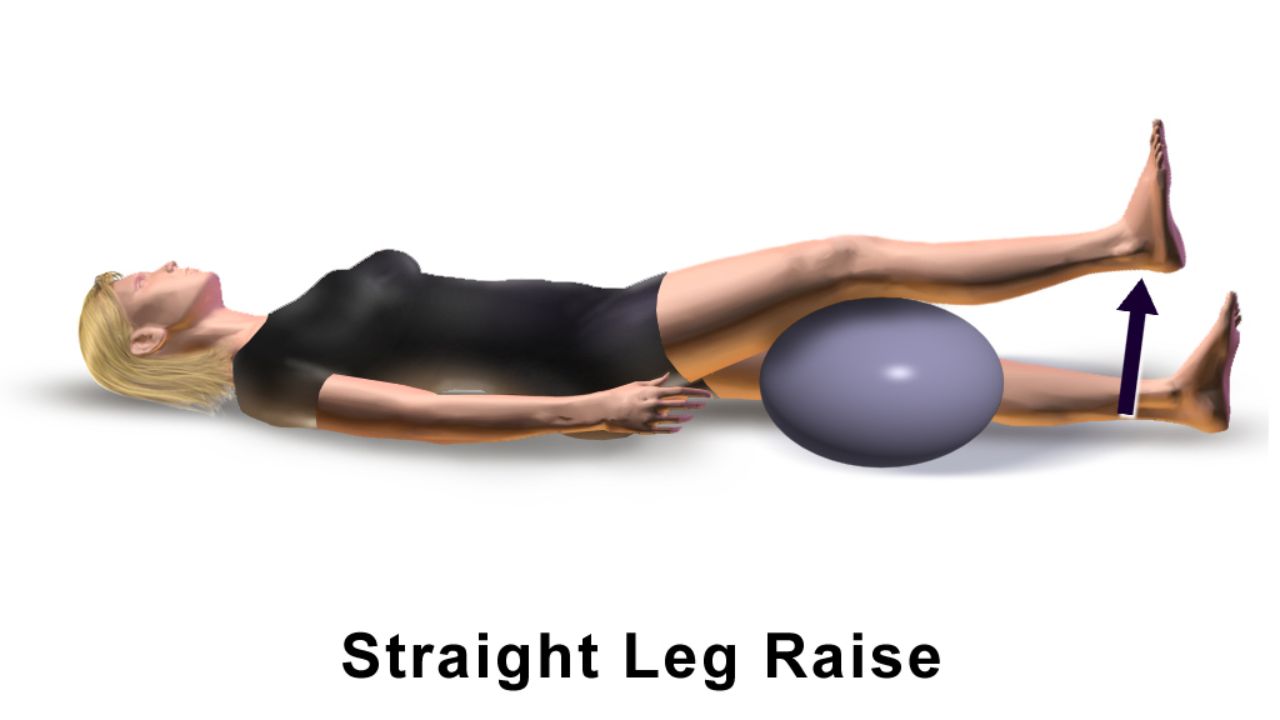
Wall Posture Check: Stand with your back against a wall, ensuring your head, shoulders, and buttocks are in contact with the wall. Walk away from the wall while maintaining this alignment. This exercise helps to train your body to maintain proper posture throughout the day.
Cat-Camel Stretch: Begin on all fours, with your hands directly under your shoulders and knees under your hips. Arch your back up like a cat, tucking your chin towards your chest. Then, lower your back down, lifting your head and tailbone towards the ceiling. This exercise improves spinal flexibility and strengthens the core muscles.
Incorporating these posture correction techniques into your daily routine can lead to improved alignment, reduced pain, and enhanced overall well-being. Remember, practicing proper alignment is essential for maintaining a healthy body and enjoying the freedom of movement.
Assistive Devices and Adaptive Equipment for Independent Movement
Our discussion will focus on the importance of assistive devices and adaptive equipment in facilitating independent movement for individuals with mobility challenges.
For those with limited mobility, assistive technology and therapeutic devices play a crucial role in promoting freedom and enhancing quality of life. These devices range from mobility aids such as wheelchairs and walkers to advanced technologies like exoskeletons and robotic prosthetics. They provide support, stability, and assistance in performing daily activities, enabling individuals to navigate their environment with confidence and independence.
Additionally, assistive technology can enhance communication, social interaction, and participation in various aspects of life. By promoting mobility and autonomy, these devices empower individuals to overcome physical barriers and pursue their goals and aspirations.
It is essential to explore and provide access to a wide range of assistive devices to ensure that individuals with mobility challenges can live fulfilling and meaningful lives.
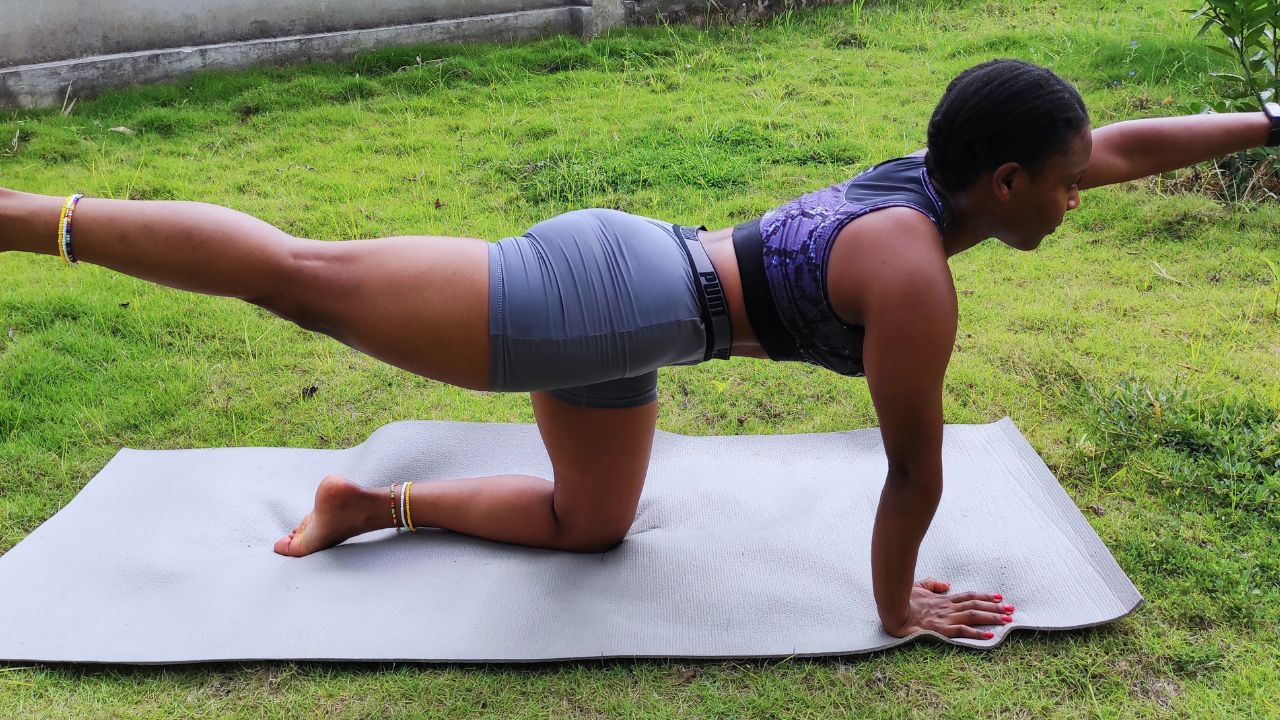
Frequently Asked Questions
Can These At-Home Physical Therapy Techniques Be Used by Individuals of All Ages, or Are They Specifically Designed for the Elderly?
At-home physical therapy techniques can be beneficial for individuals of all ages. While they may have specific benefits for the elderly, they can also be used by younger individuals to improve strength, flexibility, and overall physical well-being. Age restrictions are not typically imposed on these techniques, allowing for freedom of use across different age groups.
When performing at-home physical therapy exercises, it is important to prioritize safety precautions and modifications to ensure optimal results. Instructional videos can provide guidance, but individual conditions and limitations should also be taken into consideration.
For optimal results, the duration of each exercise or routine in elderly-focused at-home physical therapy techniques should be determined based on individual capabilities, progress, and recommendations from a qualified therapist. Best practices involve gradually increasing duration while ensuring safety and comfort.
Recommended resources for learning at-home physical therapy techniques include instructional videos. These videos provide step-by-step instructions and demonstrations, ensuring individuals can perform exercises correctly and safely. The benefits of using instructional videos for at-home physical therapy include convenience, accessibility, and the ability to learn at one's own pace.
Are There Any Specific Conditions or Limitations That May Prevent Individuals From Safely Participating in These At-Home Physical Therapy Techniques?
There may be specific conditions or limitations that could prevent individuals from safely participating in at-home physical therapy techniques. It is essential to consider safety precautions, modifications, and optimal duration. Recommended resources and instructional videos can provide guidance for elderly-focused techniques.
Conclusion
In conclusion, these game-changing at-home physical therapy techniques offer valuable solutions for the elderly population. By incorporating chair-based exercises, balance training, joint mobility exercises, resistance band workouts, functional movements, cardiovascular exercises, mind-body techniques, posture correction exercises, and assistive devices, older adults can improve their strength, stability, flexibility, endurance, and overall well-being.
This comprehensive approach not only promotes physical health but also addresses the emotional and mental aspects of aging. Empowering seniors to maintain independence and quality of life is of utmost importance in the field of elderly-focused physical therapy.
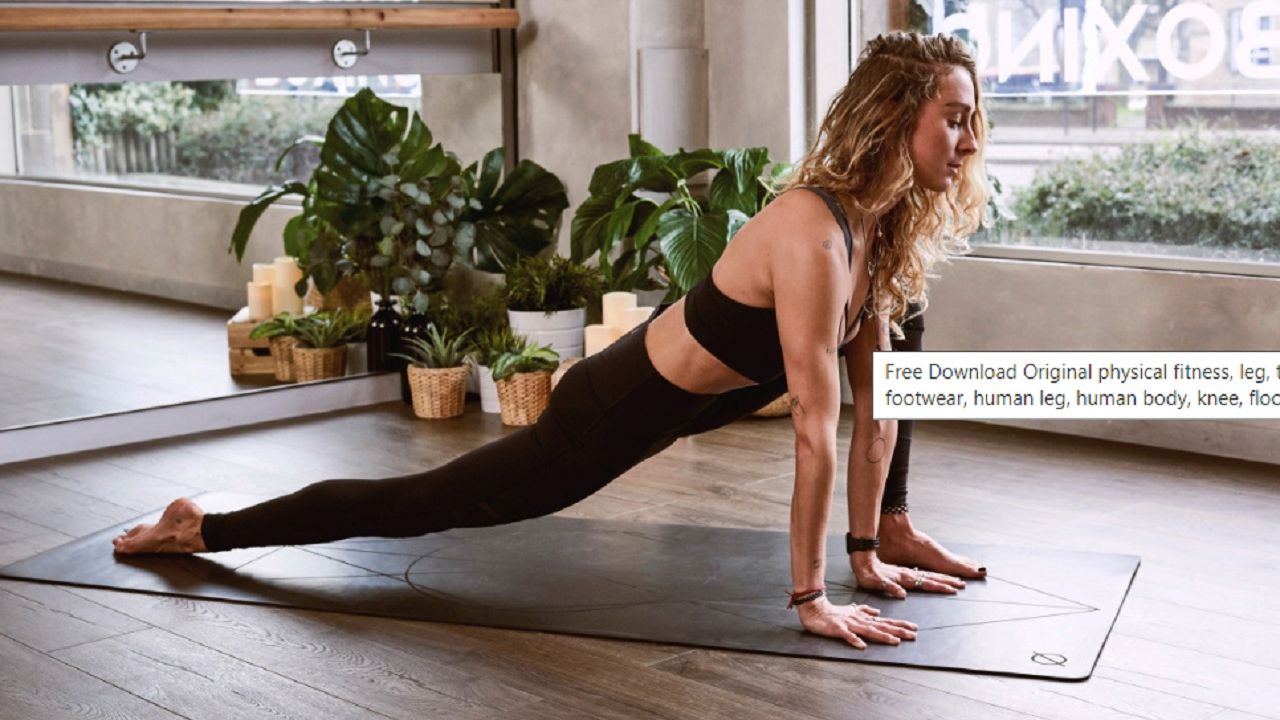
 Mobility trainingHome Fitness RecoverySports Injury PreventionPersonal Physical TherapyOrthopedic SolutionsPrivacy PolicyTerms And Conditions
Mobility trainingHome Fitness RecoverySports Injury PreventionPersonal Physical TherapyOrthopedic SolutionsPrivacy PolicyTerms And Conditions
